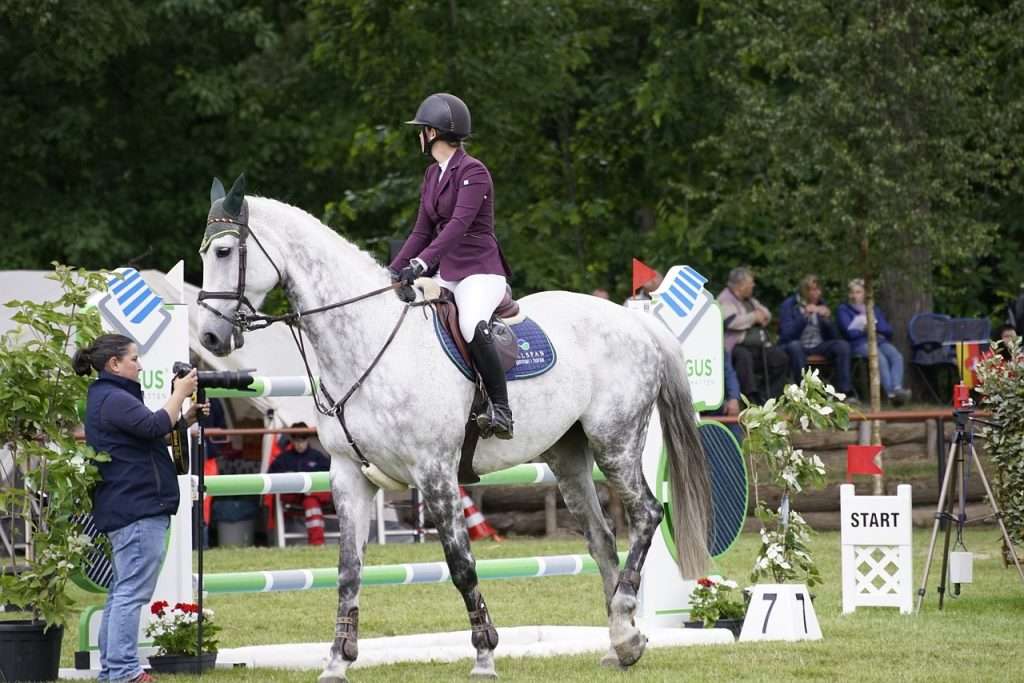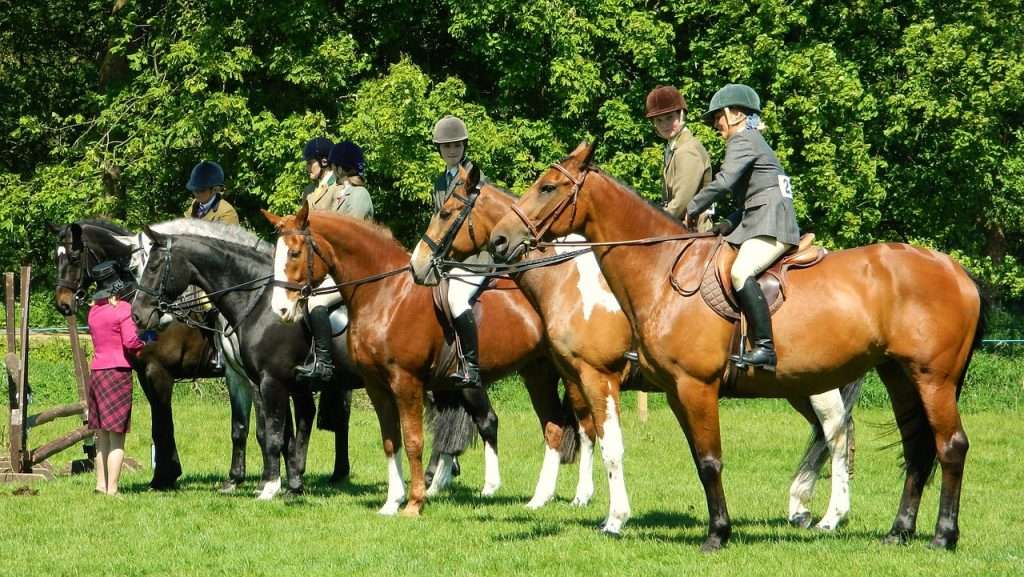Horse shows and competitions are exciting events that showcase the skills of both the horse and the rider. If you’re new to the world of horse shows, it can be overwhelming to navigate the different classes and divisions. In this beginner’s guide, we’ll cover everything you need to know about horse shows and competitions, from the different types of classes to the attire you’ll need to wear.
Types of Classes
There are a variety of classes and divisions in horse shows, each with their own set of rules and requirements. Here are some of the most common types of classes you’ll see at a horse show:
- Hunter Classes – In hunter classes, the horse and rider are judged on their ability to navigate a course of jumps. The horse should be well-behaved, responsive to the rider’s commands, and have good jumping form.
- Jumper Classes – Jumper classes are similar to hunter classes, but they focus on speed and accuracy. The horse and rider must navigate a course of jumps as quickly as possible, without knocking any of the jumps down.
- Equitation Classes – In equitation classes, the rider is judged on their form and position, as well as their ability to communicate with the horse. The horse’s performance is also taken into account, but the focus is on the rider’s skills.
- Dressage Classes – Dressage is a type of riding that emphasizes the horse’s obedience and responsiveness to the rider’s commands. In dressage classes, the horse and rider perform a series of movements that demonstrate their skills and the horse’s level of training.
- Western Classes – Western classes are a type of riding that is popular in the United States. In these classes, the horse and rider wear western-style attire and perform a variety of maneuvers, such as reining and cutting.
Attire
The attire you’ll need to wear at a horse show will depend on the type of class you’re competing in. Here are some general guidelines:
- Hunter and Equitation Classes – For hunter and equitation classes, the rider should wear a fitted jacket, breeches, tall boots or paddock boots with half chaps, and a helmet.
- Jumper Classes – For jumper classes, the rider can wear a more casual outfit, such as a polo shirt and breeches. They should still wear tall boots or paddock boots with half chaps and a helmet.
- Dressage Classes – For dressage classes, the rider should wear a dressage coat, breeches, tall boots, and a helmet. The rider can also wear gloves and a stock tie.
- Western Classes – For western classes, the rider should wear western-style attire, such as a cowboy hat, shirt, and boots.
Tips for Success
If you’re new to horse shows and competitions, here are some tips to help you succeed:
- Practice, Practice, Practice – The more you practice, the better you’ll become. Make sure you’re working with a qualified trainer who can help you improve your riding skills.
- Know the Rules – Make sure you understand the rules and requirements for the classes you’ll be competing in. This will help you avoid any penalties or disqualifications.
- Stay Focused – It’s easy to get distracted at a horse show, especially if you’re watching other classes or talking to friends. Stay focused on your own ride and try to tune out distractions.
- Be Prepared – Make sure you have all the necessary equipment and attire for the classes you’ll be competing in. Pack a bag with extra gloves, hair ties, and other essentials.
Conclusion
Horse shows and competitions can be intimidating for beginners, but with the right knowledge and preparation, you can succeed. Understanding the different types of classes and the attire required for each one is key, as well as practicing your riding skills and staying focused on your own ride. Remember to also know the rules and be prepared with all the necessary equipment and attire. Horse shows and competitions are a great way to showcase your skills and bond with your horse, so don’t be afraid to give it a try! With this beginner’s guide, you’ll be ready to tackle your first horse show with confidence.




